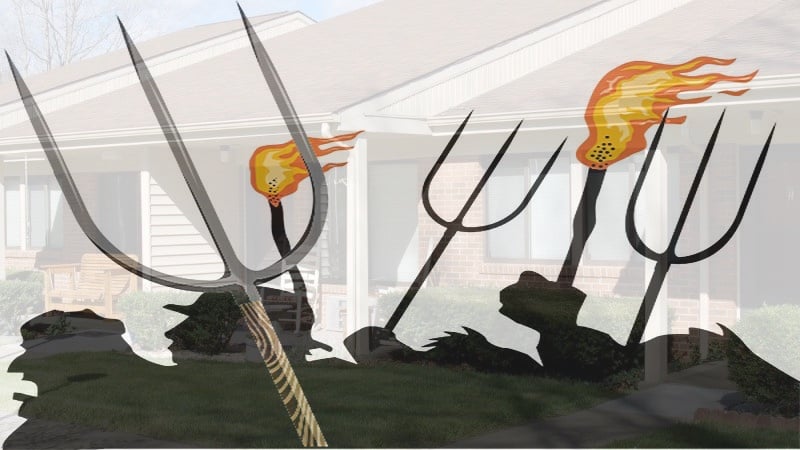In case you haven’t heard, the city of Santa Cruz is marching towards establishing rent control. Recently, the Santa Cruz City Council voted to adopt two new “emergency” ordinances: a rent freeze, and a new requirement for “just cause evictions.” These ordinances were put in place to freeze current rents while efforts are underway to get the required signatures to put a city-wide rent control ordinance on the ballot for the November election.
Many landlords in the city of Santa Cruz have questions about how the rent freeze and just cause evictions ordinances will be implemented. To help answer those questions, legal counsel for the city of Santa Cruz has published a FAQ, which can be downloaded here.
There is little debate that rents in Santa Cruz are exorbitant, and that relief is needed. However, there is strong evidence that rent control is not the best way to address the problem, and in fact will create a whole new series of problems for beleaguered tenants in the city – like fewer available rental units and higher rental rates.
The problems presented by the initiative can be seen by recent shared observations, by analytical economic analysis, and by carefully conducted academic studies. For example, a study published in November 2017 by researches at Stanford University examined the effects of rent control in San Francisco, and their paper can be downloaded here.
The study contains a lot of mathematical formulae, but the text is easy enough to understand and the graphs they provide are eye-opening. Their research shows that the biggest side effect will be a significant shift of rental units to gentrified units, leading to a reduction of rental housing with 30% fewer renters able to find housing (due to a 15% reduction in total rental units).
The study also shows that the side effect rent control results in a 7% total increase in cost to renters (all rental units, controlled and noncontrolled summed). After all, is rent not exorbitant in San Francisco as well, even after years of rent control? To quote from study:
We find that landlords actively respond to the imposition of rent control by converting their properties to condos and ICs or by redeveloping the building in such a way as to exempt it from the regulations. In sum we find that impacted landlords reduce the supply of available rental housing by 15 percent. Consistent with this evidence we find that there was a 20 percent decline in the number of renters living in impacted buildings relative to 1990-1994 levels and a 30 percent decline in the number of renters living in units protected by rent control.
The proponents of rent control have prepared their case for rent control, as can be seen on their web site, NoPlaceLikeHomeUCSC.org. The site does a good job of showing how the lack of affordable housing affects thousands of tenants in the city.
However, the site is missing study methodology and data, and is largely anecdotal. But academic research shows us that the effect of rent control is to decrease rental units currently available, while providing only a few long-term tenants with protection against rent increases down the road. Meanwhile, all the new UCSC students who arrive every year and become new tenants will still have to pay market rates for housing – and market rates will likely rise as the number of available units decreases.
The conclusion of the Stanford study that total rental units will be reduced can be anecdotally confirmed by anyone who knows someone renting in San Francisco in the past 15 years knows about friends who have been displaced by landlords converting to gentrified units. What’s more, if you poll economists, you’ll probably find that 99 out of 100 will tell you why price controls like this don’t work due to bad side effects, only one of which being loss of rental housing.
This measure will reduce the number of available rental units, and seriously dampen the rate of building new ones. For local students, this means that unless they can find a sub-let in a rent controlled unit (which since they are valuable they will be increasingly occupied for the long-term already), as a result of this measure they will pay more and most likely commute a longer distance, i.e. from south county or the San Lorenzo Valley.
The housing situation in Santa Cruz is indeed dire – for both would-be homebuyers and renters. What we are witnessing is the complete failure of the city of Santa Cruz leadership for the past 30 years to ensure there is an adequate supply of rental housing for students and new households. The answer to the dilemma is not rent control, but rather to increase the amount of rental housing available. Unfortunately the city council lacks vision and bold leadership, and is instead relying on a counter-productive strategy to address the lack of affordable housing in Santa Cruz.





